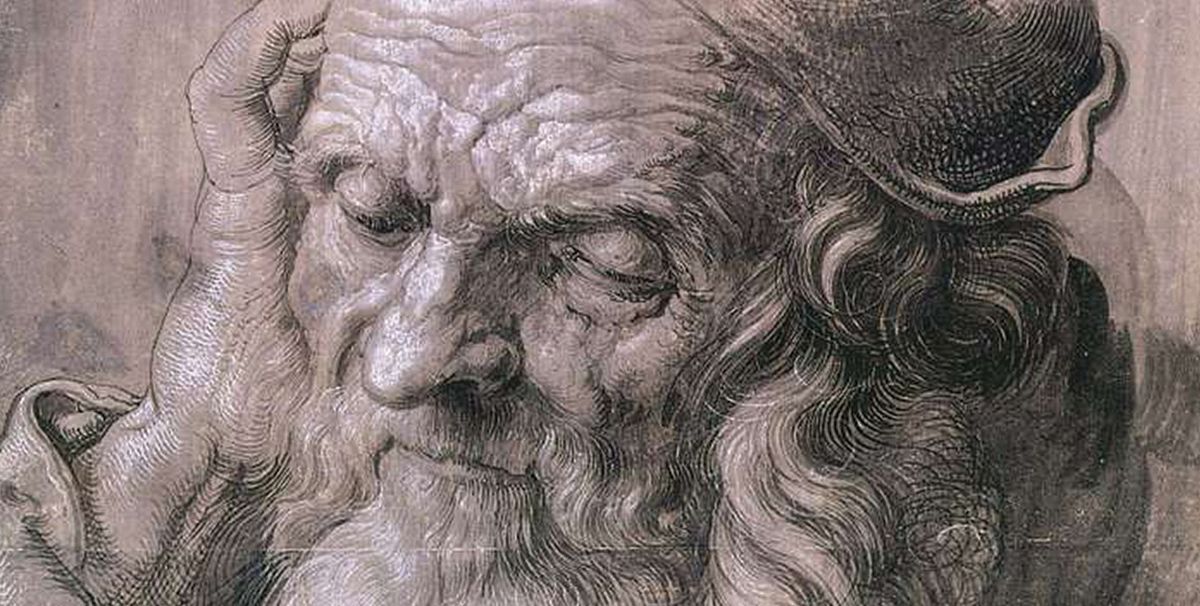A major exhibition marking the 500th anniversary of Albrecht Dürer’s year-long journey to the Low Countries from 1520 to 1521 is to be held in Aachen and Antwerp in 2020 and 2021. The curators of this ambitious project hope to bring together all the paintings and most of the drawings the artist created on what was an important trip, which he carefully recorded in his journal. It is unusual for institutions to reveal details of exhibitions so far in advance, but this is being done partly to help secure loans from many leading museums across Europe and North America.
The Dürer exhibition is due to open in October 2020 at the Suermondt-Ludwig Museum in Aachen, which is near Germany’s border with Belgium and the Netherlands. In February 2021 it will be presented at Antwerp’s Royal Museum of Fine Arts (which is closed for major renovations and due to reopen in 2019). The most important painting completed on Dürer’s trip is of St Jerome, in the Museu Nacional de Arte Antiga, Lisbon. Five preparatory drawings, four in the Albertina in Vienna and one belonging to the Berlin State Museums, are also being requested. On one of the sketches for the saint, the artist has inscribed: “The man was 93 years old and yet healthy and strong”. Another preparatory drawing is of the skull, which he had bought a few weeks earlier in Cologne for two pfennigs.
The other four paintings Dürer made on the journey are all portraits. Bernard von Reesen, a 30-year-old Danzig merchant living in Antwerp, was depicted a few months before he died from the plague (Gemäldegalerie Alte Meister, Dresden). The others are of uncertain or unidentified sitters. These are in the Isabella Stewart Gardner Museum, Boston; the Louvre in Paris; Madrid’s Prado; and the Museum of Fine Arts, Boston. “All five paintings done in the Low Countries are essential for our exhibition,” says Peter van den Brink, the co-curator from Aachen.
Dürer’s sketchbook, with 27 silverpoint drawings, survives; the works are now dispersed among museums around the world. These include a view of Aachen cathedral (British Museum, London) and a lion from a Ghent menagerie (Albertina). Dürer’s 120 or so other drawings mostly depict the people and places he encountered. They include Antwerp harbour (Albertina), his wife Agnes (Berlin State Museums), Erasmus (Louvre), the artist Lucas van Leyden (Palais Beaux-Arts, Lille), and a Moorish woman (Uffizi, Florence).
Of Dürer’s 150 drawings, the curators hope to borrow around 100. “For conservation reasons, drawings like these can often only be lent every four or five years, so it is vital to request them at an early stage”, says the co-curator Manfred Sellink from Antwerp. Another Dürer show is being planned by the Albertina, from September 2019 to January 2020. The focus there will be on the Albertina’s own collection of 140 drawings, and these works may only be available for loan to one of the Aachen and Antwerp venues. The Aachen-Antwerp exhibition will involve the most thorough research ever undertaken on Dürer’s trip. Historians from different disciplines will aim to reconstruct what Dürer did and the circles he moved in. The show will also examine Dürer’s links with Flemish artists such as Quentin Matsys, Joos van Cleve and Joachim Patinir, presenting some of the key paintings that the German artist saw.
The whale that got away On 12 July 1520, Dürer, a highly successful artist aged 49, set off from Nuremberg with his wife Agnes for what was to be a year-long journey. Their aim was to go to Aachen and Cologne to lobby Charles V, the new Holy Roman Emperor, to reinstate Dürer’s right to an annual payment from the city of Nuremberg. Just as important was a visit to Antwerp, the centre of the European art trade. He also travelled to Brussels, Mechelen, Ghent, Bruges and ‘s-Hertogenbosch. With his insatiable curiosity, Dürer set out to explore the culture of the Low Countries. He returned to Nuremberg in July 1521.
Dürer kept a journal of the trip, which is packed with fascinating details. On 9 December 1520, for instance, he visited Zeeland “to get sight of the great fish [a stranded whale], but the tide had carried it off again”. Although his original journal is lost, two 16th-century copies survive (in Nuremberg and Bamberg), and it is hoped that both will be in the show.


